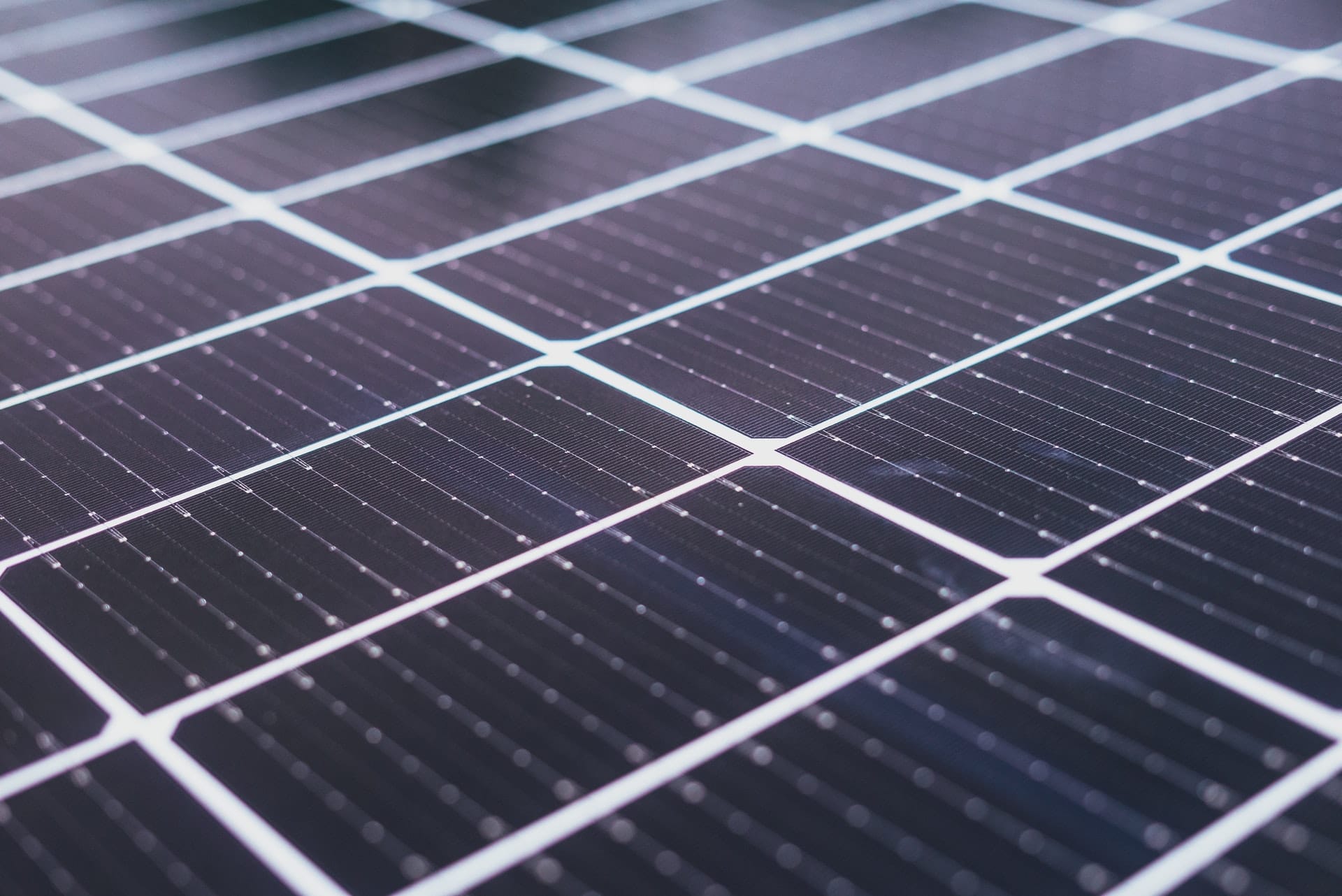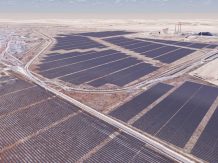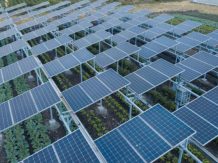In a study published in the Journal of Materials Chemistry A, scientists led by Professor Hongxii Wang in collaboration with Professor Prashant Sonar of the QUT Materials Science Center showed that carbon nanodots can be used to improve the performance of perovskite solar cells.
Let’s start with the most important question: how to make carbon nanodots from hair? It is very easy. We contact a random hairdressing salon and ask its owner or service to provide us with the clippings that, swept from the salon floor, would end up in the trash. Then we burn them at high temperature – in the case of the tests described in this text, it was 240 degrees Celsius, until we got… well, carbon nanodots.
Last year, Professor Prashant Sonar led a research team, including research colleague at the Center for Materials Science, Amandeep Singh Pannu, who turned hair clippings into carbon nanodots. As part of the study, scientists were able to show that the material obtained in this way can be turned into flexible displays that can be used in future smart devices.
Carbon nanodots as a protective layer
However, in the case of solar panels made of perovskites, the application is less complicated. Perovskites are seen as the best candidate for the production of cheap and efficient solar panels. Panels of this type have proved to be as effective in terms of energy conversion efficiency as the monocrystalline silicon solar cells currently commercially available. The only problem is their durability – perovskite panels, i.e. calcium titanate, are not as resistant to moisture and other external factors as silicon panels. Therefore, they need a protective layer.
In search of the perfect material for the production of such a layer, the research team of Professor Wang, out of curiosity, used the flexible material made of carbon nanodots as a protective layer for perovskite panels. By adding the carbon dot solution to the perovskite making process, researchers found that the carbon dots form a wave-like layer that surrounds the perovskite crystals.
Also read: Scientists have solved the toxic problem of perovskite cells
Tests of these protected panels have shown that they have higher energy conversion efficiency and greater stability than perovskite cells without carbon dots. What’s next? Professor Wang claims that a ready-made solution that will provide perovskite panels with a high enough degree of protection to be able to be used interchangeably with silicon panels should appear in about 10 years at the latest. Will we use carbon nanodots made of human hair for this protection? Frankly speaking: I doubt it. Perhaps we will find a very similar solution that will allow for much better scalability of production than with the use of human hair.















